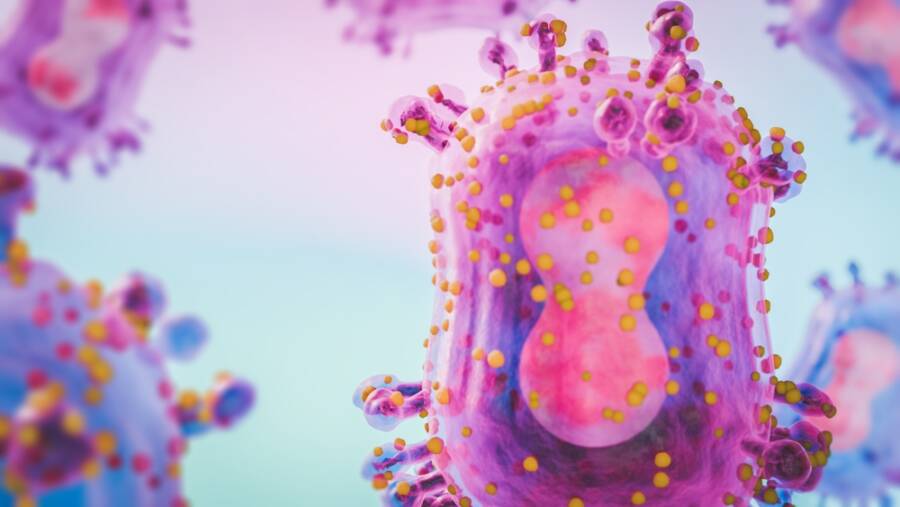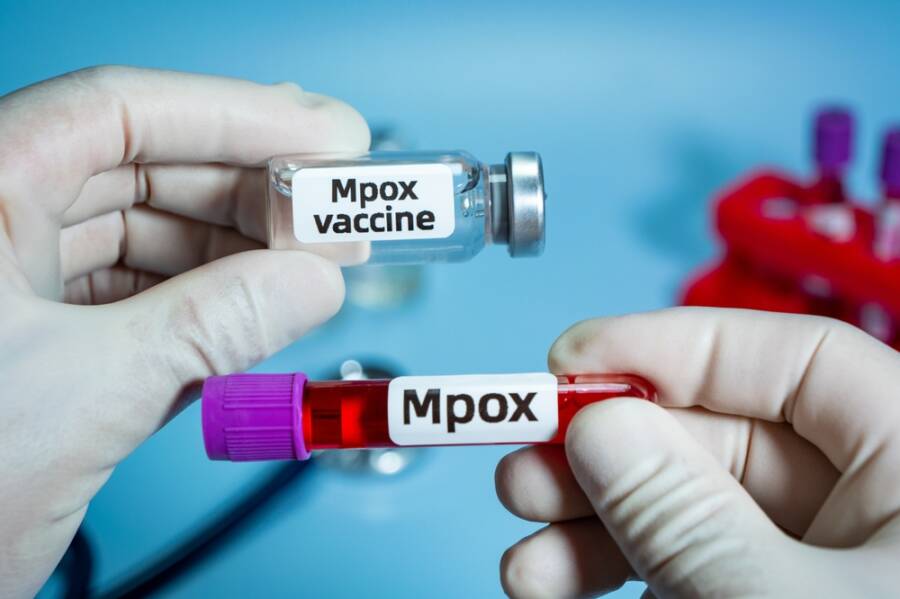What is Mpox? Here’s everything you need to know about the new monkeypox strain!
A dangerous and potentially fatal monkeypox strain has now broken out of Africa into Europe with fears it could spread globally.
The source of the infection comes from Congo. Since the beginning of 2023, over 14,000 cases and at least 511 casualties have already been reported.
Four African countries had initially recorded the first cases: Kenya, Burundi, Rwanda, and Uganda. Mpox cases have also been identified in Morocco, Nigeria, Egypt, and South Africa. The World Health Organization recently announced an international medical emergency.
Why? It has now been confirmed in Europe, and there are concerns it could spread worldwide. WHO experts decided to declare the highest level of international medical emergency at an emergency committee in Switzerland.
The reason is that it wants to alert authorities worldwide to prepare for potential outbreaks because the new variant of Mpox is said to have a mortality rate as high as 10%.
So, on that note, here’s everything you need to know about the monkeypox strain that has alarm bells ringing everywhere.

What is a global health emergency, and why has one been declared in this case?
The World Health Organization’s highest alert form is a “public health emergency of international concern,” a.k.a. a PHEIC.
They’re typically declared when diseases spread in new or unusual ways and are aimed at urging international cooperation and funding to fight an outbreak.
The WHO’s declaration regarding this monkeypox strain follows a similar label from the Africa Centers for Disease Control and Prevention earlier this week.
After the emergency was declared, WHO chief Tedros Adhanom Ghebreyesus said the potential for further spread within Africa and beyond “is very worrying.” He went on to say that, “A coordinated international response is essential to stop this outbreak and save lives.”
What EXACTLY is Monkeypox?
Monkeypox is a viral infection that will spread through close contact. It was first recognized at the Statens Serum Institut in Copenhagen in 1958 when scientists noticed outbreaks of a “pox-like” disease in monkeys being held for research.
The first human case wasn’t confirmed until 1970 when a child living in the DRC developed a bad rash that reminded doctors of smallpox. Scientists have identified two significant Monkeypox strains in Africa so far.
The strain driving the current outbreak is known as clade 1b, which has a higher fatality rate than the strain that prompted the first emergency in 2022.
Clade 1b appeared in September 2023, with the first cases found in street workers in the DRC mining town of Kamitug, roughly 170 miles from the border with Rwanda.
The WHO renamed monkeypox in 2022 to control what it called “racist and stigmatizing language” surrounding the infection.
When was the last global outbreak?… And what happened?
Monkeypox was last declared a PHEIC in May 2022, when it started outbreaks in over 100 countries worldwide that had never reported a monkeypox strain before.
It marked a significant departure from the disease’s typical spreading pattern in western and central Africa, where primates and wild rodents mainly infect people.
And outbreaks haven’t spilled across borders before this time. Approximately 100,000 virus cases were recorded by August this year, with over 200 casualties.

What are the symptoms of this infection?
In the 2022 global outbreak, the initial symptoms of this Monkeypox strain included a high temperature or fever, muscle aches, headaches, swollen glands, and exhaustion.
Between one to five days after the first symptoms, a rash usually emerges on the face before spreading to other body parts, including the genitals. The rash starts forming as raised spots, which grow into fluid-filled pox-like lesions.
They can be excruciatingly painful until the healing phase when they begin to crust and cause intense itching.
The World Health Organization says that an infection generally lasts about two to four weeks, and patients remain infectious until the symptoms heal entirely.
It has been noted that some individuals with this Monkeypox strain have experienced pain and blood in their stools. In extreme cases, a person can pass away after developing pneumonia or a bacterial infection of the lesions, which can lead to sepsis.
The variant usually determines the severity of the disease. Mortality is higher among young adults and children, and individuals with weak immune systems are especially vulnerable to severe disease.
Being infected during pregnancy puts the mother at severe risk, along with the threat of pregnancy loss or congenital infection.
Rare complications include seizures and inflammation of the heart muscle and brain. Lesions can also cause blindness if they develop on the eyelids.
How EXACTLY can this Monkeypox strain be transmitted?
As we mentioned, adolescents and children are the ones most affected by the outbreak that’s now spreading in Africa, where over 60% of known deadly cases are under the age of 5.
The current Monkeypox strain is also registered to spread rapidly through intimate contact, similar to the milder strain known as clade 2b that devastated many in 2022.
It was reported a few months ago that 29% of confirmed cases of the new strain were among streetwalkers.
But Monkeypox isn’t regarded as a sexually transmitted disease because it also spreads via other forms of close contact, including skin-to-skin contact or sharing towels, clothing, or sleeping in the same bed with someone who has the virus.
This can especially put healthcare workers at risk. The pathogen enters the body through the respiratory tract, broken skin, or the mucous membranes in the eyes, nose, rectum, and mouth. The primary animal source of the disease hasn’t been identified yet.
But infected rodents are suspected of playing a vital part in transmission across certain parts of Africa. During the first significant outbreak back in 2022, it mainly spread among communities of homosexual men.
The new variant seems to be more transmissible and is reportedly infecting many individuals without sexual contact. The emergence of a new mutant strain is concerning because it indicates the virus is adapting and getting better at spreading from person to person.

Is there a vaccine for this Monkeypox strain yet?
There are three vaccines in production that protect against Monkeypox: LC16 (made by KM Biologics), MVA-BN (made by Bavarian Nordic), and OrthopoxVac (licensed in Russia). All of them have been developed as vaccines that protect against smallpox.
The two viruses are very closely connected, and some experts have hypothesized that pox has flourished because of falling immunity to smallpox, which was eradicated in 1980 following a global vaccination crusade.
The two most commonly used shots currently are LC16 and MVA-BN. During the worldwide outbreak of clade two pox, the former was deployed in Britain under the name brand Imvanex.
In the DRC, where the more dangerous strain dubbed clade one is spreading, it was only a few months ago that LC16 and MVA-BN were finally approved for general use. Only LC16 has been approved for kids, who the current outbreak has badly impacted.
According to the European Center for Disease Control, data on clade-specific vaccine effectiveness is presently limited. Much of the evidence links to Clade 2 after it trickled all over the globe.
Nevertheless, public health experts say that because the two strains are 90% identical, they also expect the vaccine to work against clade one.
In a recent podcast for the Infectious Disease Society of America, Dr. Agam Rao, a pox expert at the CDC, said that one small study from the agency indicated that the vaccines did produce an excellent immune response and appeared to protect healthcare workers in an area highly contagious for clade one.
Have you heard about this new Monkeypox strain? Please feel free to share your thoughts on this matter in the comments section below.
And if you found this article interesting, we highly recommend also reading: Suffering From the Flu? Here Are 12 Things You Should NEVER Do







One reply on “Warning: New Deadly Monkeypox Strain Detected Outside of Africa”
Nothing surprising here. Election is coming.